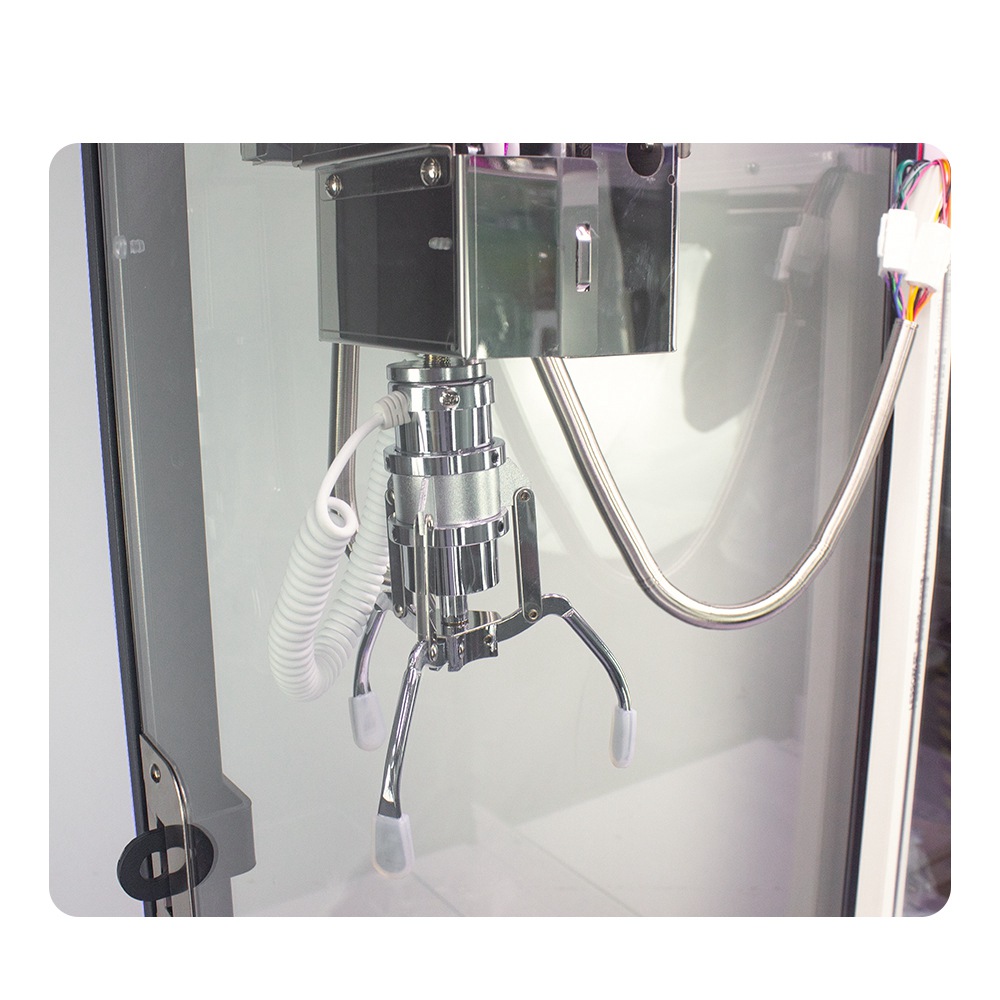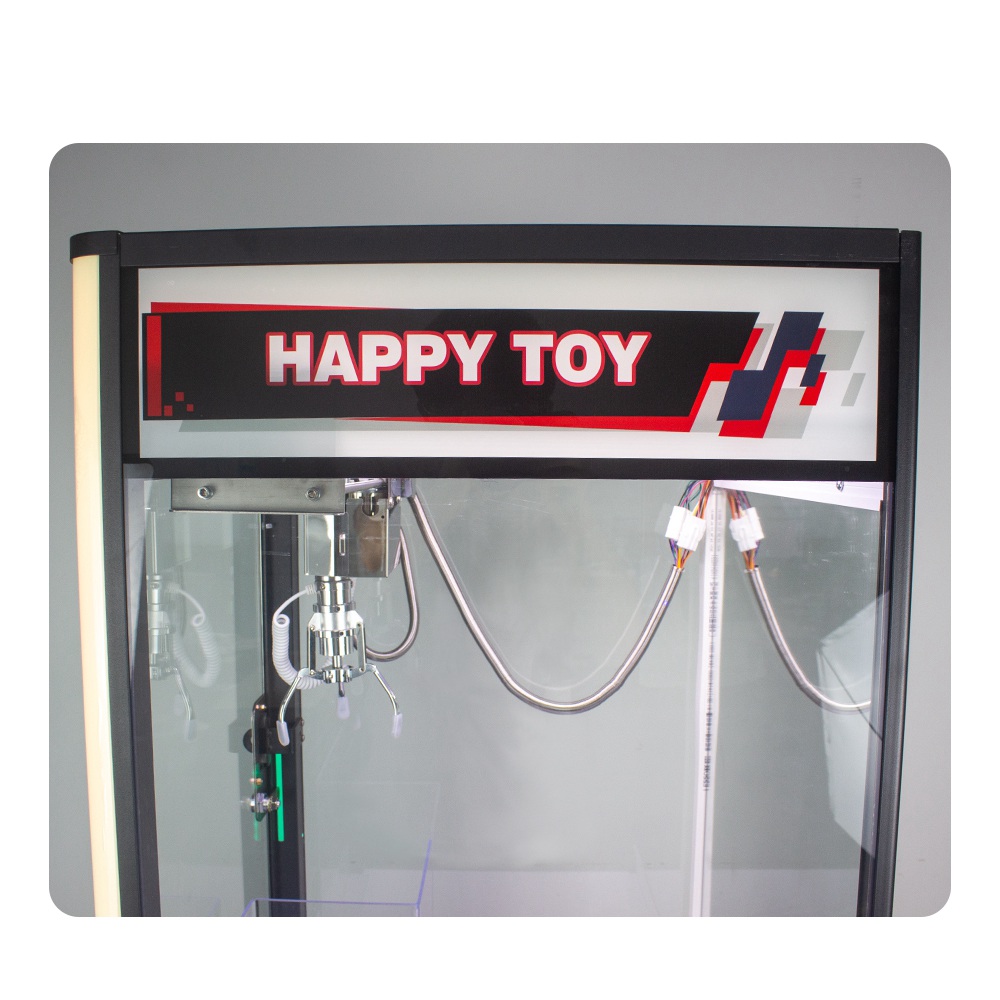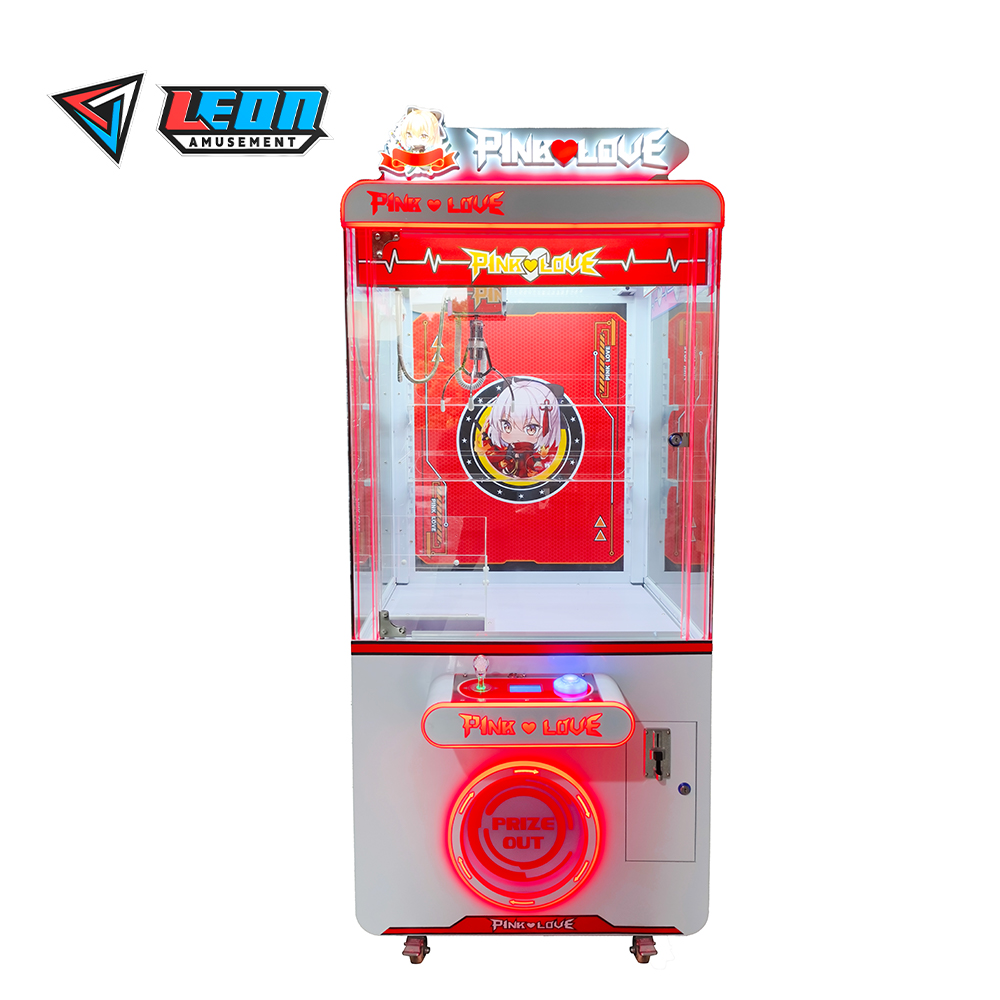DIY homemade claw machines not only let you enjoy the fun of arcade games at home, but they can also save you a lot of money. According to the budget, making a claw machine costs about 150 to 350 RMB, with the motor priced between 60 to 100 RMB and the wood costing around 50 RMB. The steps include cutting the wood, installing the motor and claw, and connecting the circuits. Choosing a 12V motor can make the claw move at a speed of 300 to 500 revolutions per minute, ensuring smooth operation. RGB light strips can be added as decoration to enhance the visual effect.
Table of Contents
ToggleMaterials and Tools
Claw machines work by using simple, low-cost materials. It costs about 100 to 300 RMB for the whole budget, depending on how you engage material quality and complexity. This is a price breakdown for the materials:
Some wood or strong cardboard: ≃50 RMB for the sides and frame of your claw machine. You’ll want a thickness of 5-10mm for those walls to be strong enough to hold the internal components.
Small motor, 50-100 RMB. This subsystem uses motors for controlling the claw movement in up, down & side-to-side directions. The higher the motor power, the greater the speed of the claw, which moves according to the motor’s strength.

Small plastic claw, 20-50 RMB on Taobao or at electronic marketplaces (include links to the actual product), approximately 5–10 cm in size and light but firm enough for a good grip.
Wiring, about 10-20 RMB, connects the motor, switch, and power source to ensure that current can be reliably supplied at all times. The wire of 2.5mm² is needed to ensure proper current flow as electricity goes smoothly through the circuit.
Button, 5-15 RMB, can make the claw work. A two-direction switch is ideal for moving the claw up-down or side-to-side.
LED lights (optional, about 10-30 RMB) for better display. RGB LED strips that can change colors and set up a mood.
The components are held together by glue and screws, which cost about 10–20 RMB. We suggest strong glue like 502, and screws can be about 1-1.5cm in length to make it more stable.
Depending on the specific materials and tools you opt for, the total cost may vary from 150–300 RMB. The cost may go up, especially if you use better quality motors and materials.
Steps to Build
Measure the wood or cardboard with a ruler and pencil. The perfect size for the claw machine is 30cm in width, 40cm in height, and about 30cm in depth to allow space internally for movement in whichever direction. There should be 10cm between the top of the claw machine so that it can move freely, and you can place prizes or toys at the bottom. You need six panels for the material: one each for the front, back, left, right, top, and bottom.
Fasten the panels to one another using both glue and screws to create a closed frame. Note: Let the glue dry fully—it takes about 10-15 minutes for it to properly adhere. Be sure to use a level when assembling the wood pieces so that no side is higher than another, which would make it off-balance.
Place the motor at the top of this frame. The motor speed should be maintained at 300-500 revolutions per minute to make the claw move flexibly. Connect the motor, power supply, and switch with wiring, making sure that the claw can move up, down, and side to side. A suitable claw movement is obtained by driving it through a gear or pulley system, which links it to the motor unit’s shaft. Since this is a single-direction motor, speed variation will be used to open and close the claw.

Connect the wires to the motor and switch carefully and efficiently. You need at least 20cm of extra wire to allow for minor adjustments. Wrap the wires in electrical tape to insulate them and prevent short circuits. The motor must be rated for 12V or 24V power, and the voltage should match that of your batteries.
Decorate around the outside with 2m of LED light strips for additional visual effects. Similarly, you can use stickers or colorful paper to make the machine more appealing.
Once you have assembled everything, perform a full test to ensure that everything works correctly, such as ensuring that the claw moves with enough grip strength. If the claw is not gripping well, it might be due to a lack of power in the motor, or you may need to adjust the claw’s grip.








